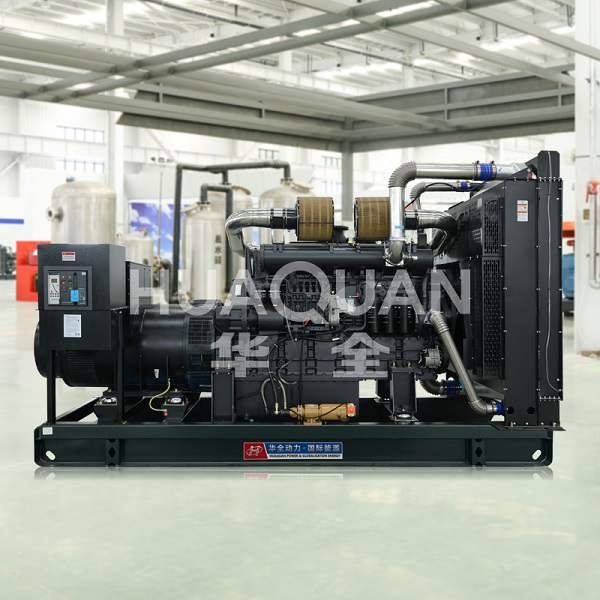Diesel generator sets are critical for ensuring uninterrupted power supply in emergencies or off-grid scenarios. To guarantee reliability, their protection systems must undergo rigorous testing. This article outlines the key tests, their frequency, and best practices to maintain optimal performance.
1. Monthly Functional Tests
Frequency: At least once every 20–40 days.
Purpose: Verify basic functionality and prevent mechanical stagnation.
Steps:
No-Load Run: Start the generator and let it idle for 15–30 minutes to check for abnormal vibrations, noises, or startup failures.
Alarm System Check: Manually trigger low oil pressure, high coolant temperature, or overspeed alerts to ensure sensors and alarms respond accurately.
Battery Health: Test the battery voltage and charging system to avoid start-up failures during outages.
2. Quarterly Load Tests
Frequency: Every 3 months.
Purpose: Simulate real-world usage and validate power output stability.
Steps:
Progressive Loading: Use a load bank to apply 25%, 50%, and 75% of the generator’s rated capacity, each for 30 minutes.
Performance Metrics: Monitor voltage/frequency stability, fuel consumption, and exhaust temperatures. Ensure compliance with manufacturer specifications.
Cooling System Check: Verify that high-load operations do not cause overheating.
3. Annual Protection System Audit
Frequency: Once a year.
Purpose: Comprehensive evaluation of safety mechanisms.
Key Tests:
Overspeed Shutdown: Manually adjust the governor to trigger emergency shutdown at 10–15% above rated RPM.
Low Oil Pressure Test: Simulate oil pressure drop to confirm automatic engine shutdown.
Earth Fault Detection: Inject a controlled ground fault to test differential protection relays.
Emergency Stop Function: Activate the E-Stop button to ensure immediate power cutoff.
4. Fuel System Integrity Test
Frequency: Semi-annually.
Purpose: Prevent fuel contamination and blockages.
Steps:
Fuel Quality Check: Test for water, sediment, or microbial growth in the tank.
Injector Performance: Use a flow meter to measure fuel delivery consistency.
Purge Stale Fuel: Replace fuel stored for >6 months to avoid engine hesitation.
5. Insulation Resistance Test
Frequency: Annually.
Purpose: Detect electrical degradation in windings.
Method: Use a 500V megger to measure insulation resistance between:
Stator windings and ground (≥1 MΩ).
Rotor windings and ground (≥0.5 MΩ).
Phase-to-phase connections (≥2 MΩ).
6. Black Start Capability Test
Frequency: Annually.
Purpose: Validate self-starting during total grid failure.
Procedure:
Isolate the generator from the grid.
Simulate a blackout and confirm it powers auxiliary systems (e.g., cooling, control panels) within 60 seconds.
Conclusion
Regular testing of diesel generator protection systems is non-negotiable for reliability. By adhering to these schedules and procedures, you ensure your generator starts when needed, avoids catastrophic failures, and complies with safety regulations.

